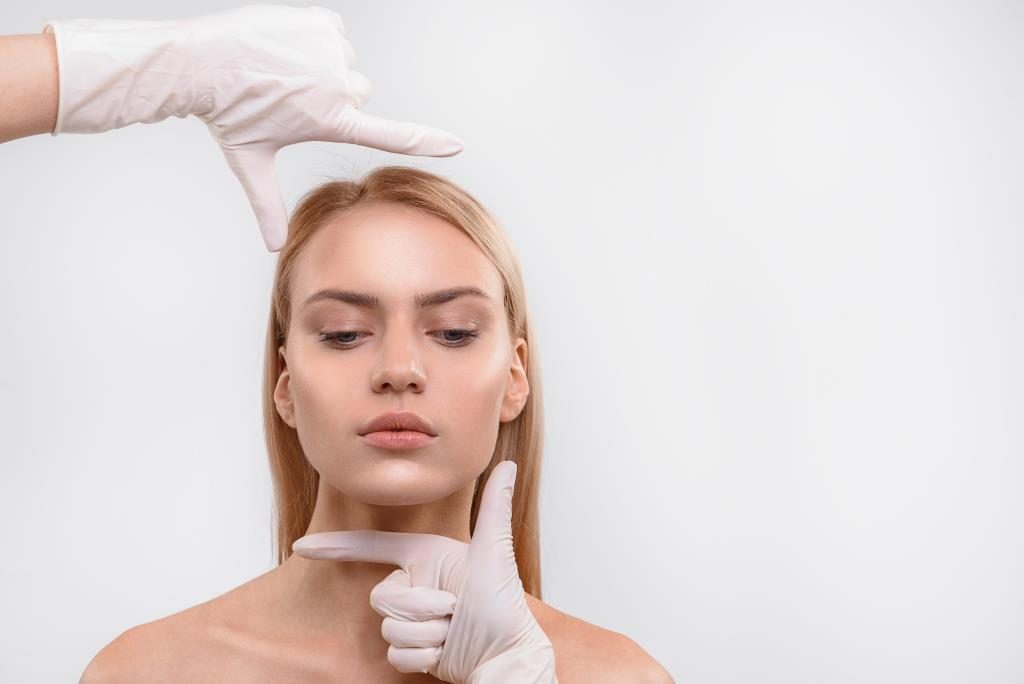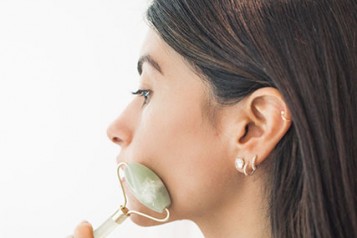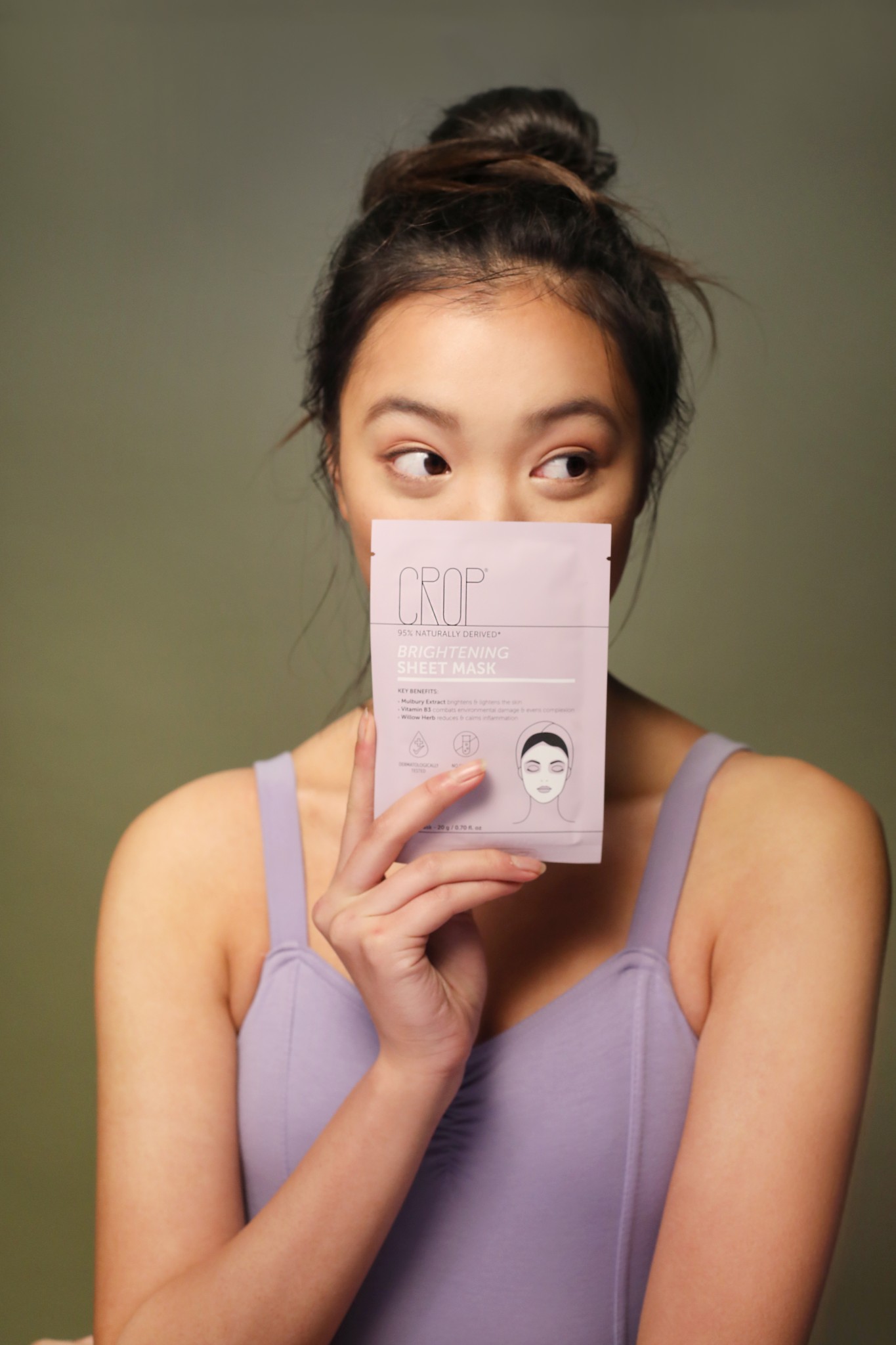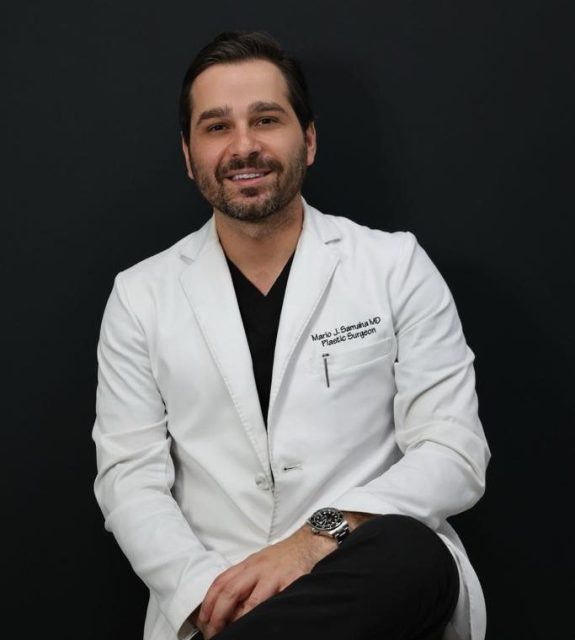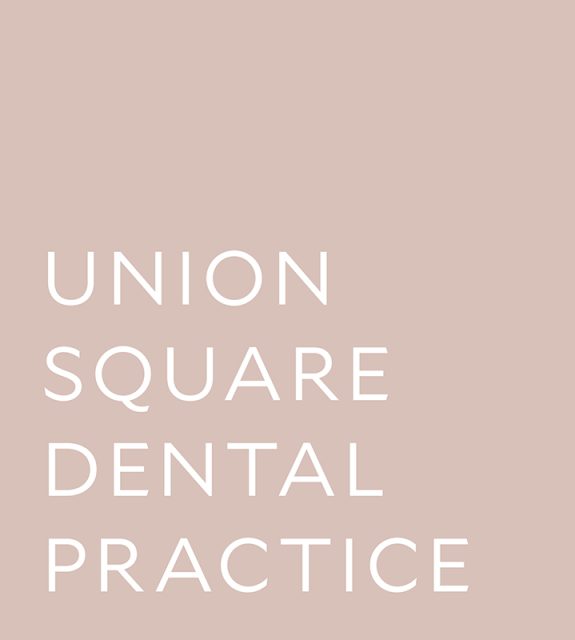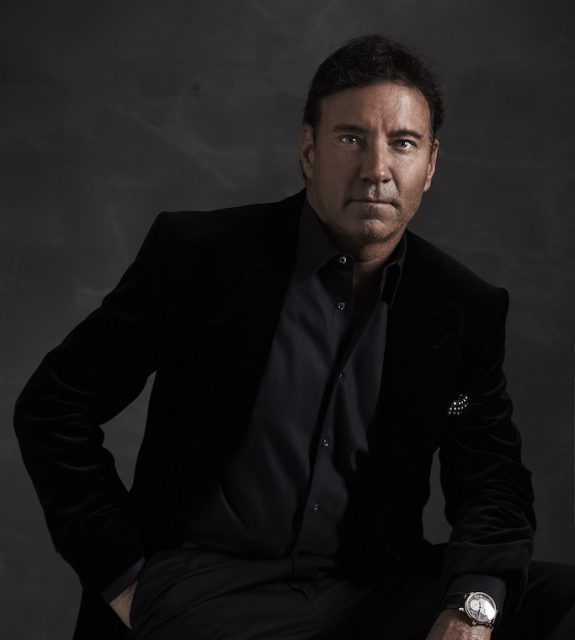The face represents us to the world. It is usually the first thing strangers see. It reveals our emotions, even when we do not wish to do so. It marks what we think is beautiful and attractive, or odd and off-putting. Whether you like it or not, your face sums your lifestyle and priorities. For centuries, scientists, artists and laymen alike have obsessed over facial features; the symmetry and deviation that come together to form a visage and express a personality.
Today, in our technologically advanced world, aesthetic and plastic-surgery procedures can alter and augment our faces to reflect our best selves. But before you pucker your lips under a Botox injection, there is a lot to be considered. Dr. Amelia K. Hausauer of Aesthetx advises on the topic.
For years, the perfect face was associated with such objectives like the divine proportion and the golden ratio. How have such notions changed in modern day?
Mathematics has been a part of our concepts of facial beauty and aesthetics since ancient times. Medieval artists broke the face into sevenths in order to understand balance and proportion. Modern artistic exercises suggest dividing the face into vertical fifths, each the length of the eye, as a means of approximating desired distance and width of facial features.
The golden ratio or divine proportion—1.618:1 where 1.618 is called Phi after the Greek sculptor Phidias—is the most common mathematical relationship influencing our understanding of facial aesthetics. This is not a new concept and much research has been done to back its validity, although some controversial. Maintaining and appreciating this ratio allows for beautiful yet natural results. It taps into what we innately recognizing as harmonious in shape.
Geometry and ratios can be quite helpful, but the face occurs in three dimensions. Now that we better understand the changes that occur with aging at all levels of the face (skin, soft tissue, fat, and bone), aesthetics has shifted from merely filling lines or pulling skin to restoring volume and contour. In simple terms, over time, the face changes from an inverted “triangle of youth” to a right-side up pyramid. The envelope of skin begins to sag and fold, since it is too large and unsupported. We now think of curves and vectors where refilling one area of the face influences those below it. Enhancing features takes these principles one step further.
There is also a better grasp on how these principles vary between men and women. For example, there are considerable difference in location and fullness of the male cheek, which tends to be more anterior, forward projecting with a broader base and flatter curve.
The best approach is a combination, which is exactly what we focus on achieving at my practice Aesthetx. My partners and I continually to think from all sides, applying divine numbers as well as volumization when necessary.
Many continue to extol facial symmetry? How does symmetry and aesthetics - which can be different - interact?
Facial symmetry has long been tied to attractiveness through the idea that symmetry reflects genetic fitness. We may have evolved to regard disproportionate asymmetry as a marker of disease or poor gene quality in mates. However, if we pair identical images of the right and/or left sides of the face (side-to-side mirror images) to create perfect symmetry, the resulting face is considered less desirable or even, off-putting. So, some degree of asymmetry is clearly preferable. New and exciting research looks to quantify this variability and figure out thresholds or limits for asymmetry in individual features or the face as a whole. Aesthetic harmony seems to me more than just the sum of its parts. Balance and nuance also play a critical role where each side of the face, each feature is a companion to the other rather than a clone.
What are some of the deviations from symmetry in the human face and how can people take advantage of them?
Everyone has special standout features, those that make us unique or those that we want to highlight.
Often those features that deviate from the norm can be considered as both attractive and even as a trademark. Some of these features we are born with such as Cindy Crawford’s mole or having two different colored eyes. There is a condition called poliosis presenting with a solitary patch of gray or white hair. It is common in a number of inherited syndromes, can be a side effect of medication, or may occur in the setting of other diseases. I have had several patients who flaunt this asymmetry in the most edgy and striking ways. I think the key is acknowledging the “deviation” and learning to integrate it into your overall aesthetic.
Others we create. The best example is lips. Some patients desire and knowingly request disproportionately augmented lips. That’s not to say this choice is good or bad. It’s a matter of taste, and knowing how to accentuate or manipulate one or more features for emphasis is part of the thrill of aesthetics.
Surgical procedures seem to be faster ways to correct facial disproportions. What non-surgical treatment are there that address and potentially correct facial disproportions?
Surgical procedures are optimal for addressing gross/large asymmetries and disproportions. However, dermal fillers are a phenomenal way to minimize and fine tune. At Aesthetx, we offer both to patients depending on their specific needs, and with more and more FDA-approved products on the market, we can now seamlessly restore lost facial volume, erase asymmetric creases and folds, rebuild jawline contour, or shape the nose. Neuromodulators, such as Botox®, Xeomin®, or Dysport®, can be used to even eyebrow height and optimize placement of its arch. Working with patients with unilateral facial paralysis—either postoperatively or from other diseases—speaks to the profound impact of these minimally invasive treatments. A detailed understanding of facial anatomy allowed me to rebalance the faces of patients who otherwise felt self-conscious, not themselves, or ailing. Surgery cannot provide this type of fix, and it’s a privilege to be part of the care and recuperation process. Given that I work with two plastic surgeons at Aesthetx, I have a strong understanding of what surgery can and can't do, so I can help you advise my patients for the best possible results.
Different ethnic groups often have different facial proportions and standards of what is beautiful. Yet, in the last several decades, beauty, more or less, has been Westernized. What are your observations on this? How does it play out in your practice?
Until recently, the Caucasian or a somewhat modified version of a Westernized face was consider archetype. But what determines beauty reflects to race, culture, and environment, so uor growing appreciation and celebration of racial/ethnic differences is long overdue. It is exciting to see new scientific work as well as media representations that embrace these differences. I was born, raised, and now practice in California, an immensely diverse state. Having a firm grasp on physical ideals and how they differ from population to population is something I do on a daily basis. Quite a bit has been written about proportions among Asian patients, since Korea and nearby countries have a long history of cosmetic surgery. There is also more and more information on anatomy, age-related changes and appropriate techniques among black patients. An example is black women build collagen more rapidly than white and rarely develop wrinkles around the mouth (“smoker’s lines”), a common phenomenon even among non-smoking Caucasians. They do, however, lose fullness in the upper lip so the pink portion crinkles, so lip filler should replace this tissue rather than predominantly outline the border (medical term, vermillion border). As a fellowship-trained aesthetic dermatologist, it is my job to maximize each face’s potential rather than making that face fit a mold.








